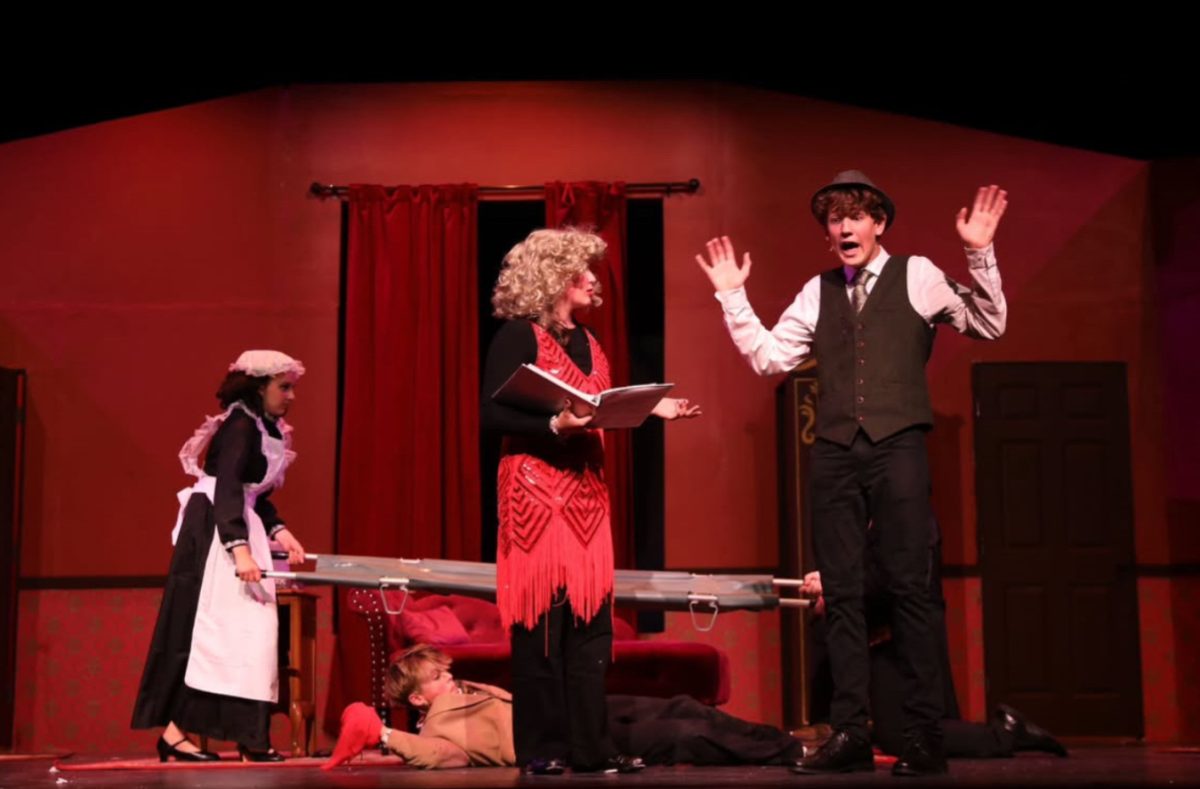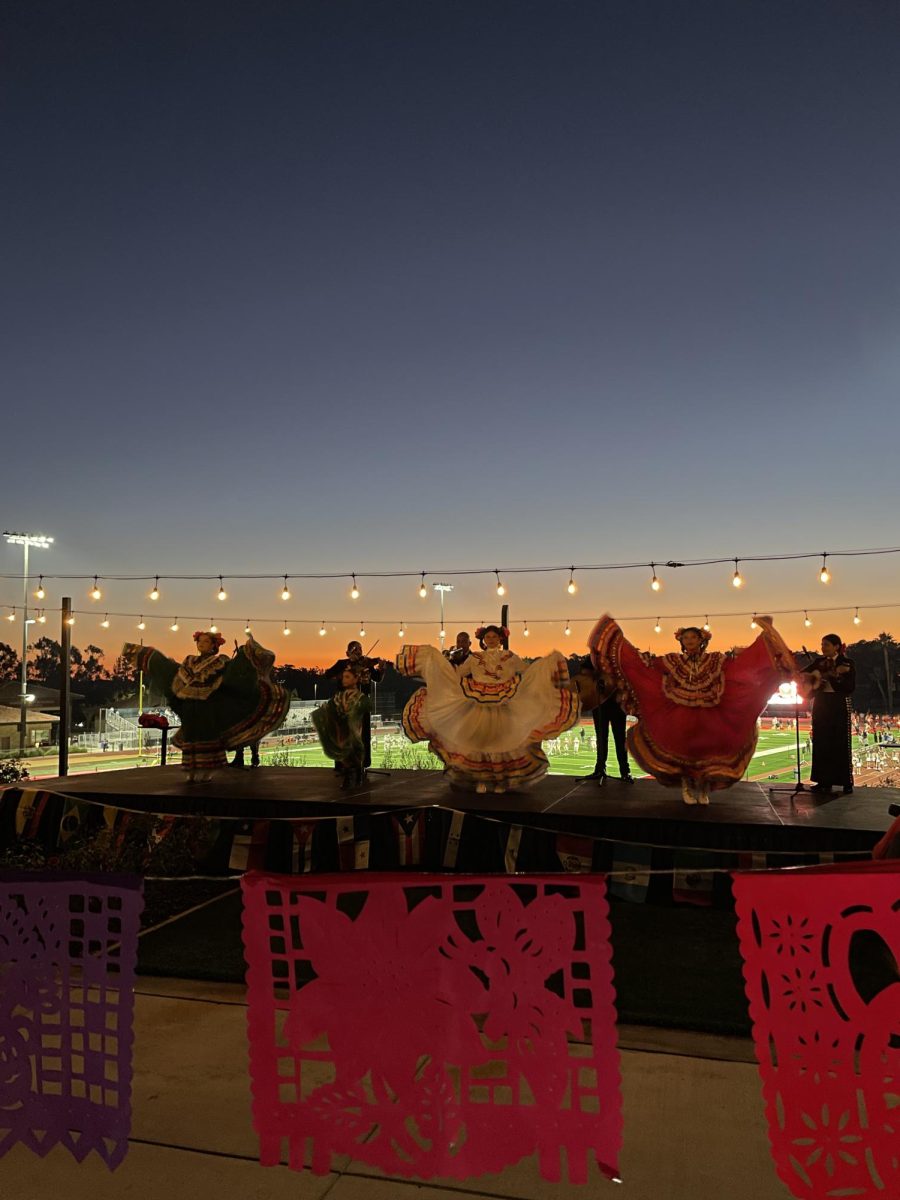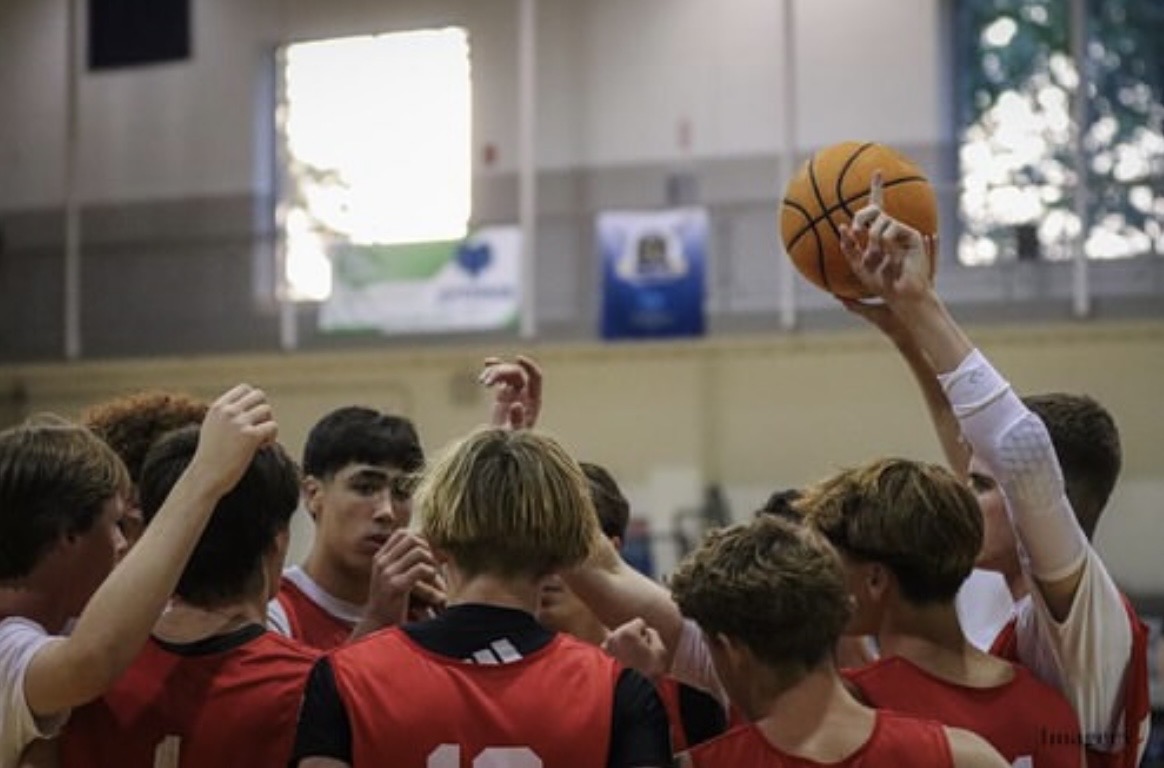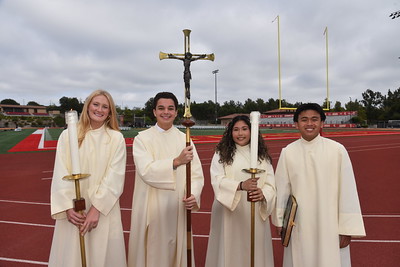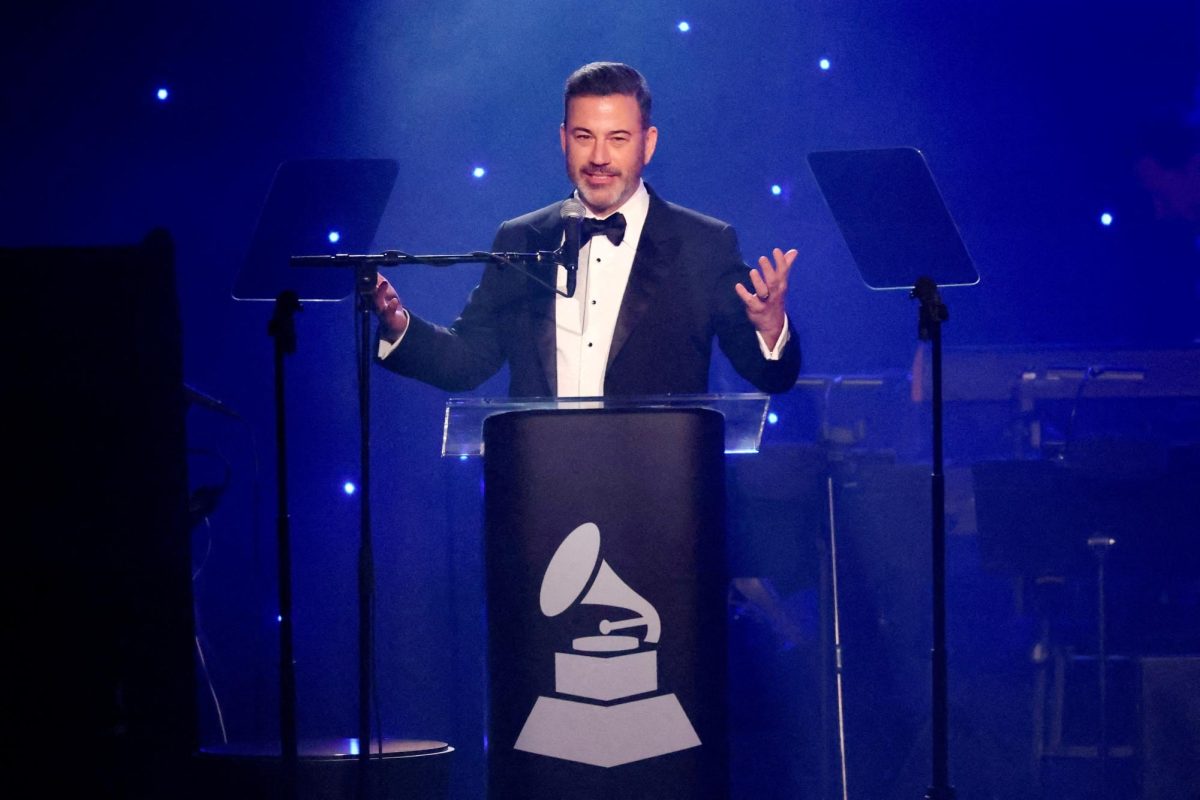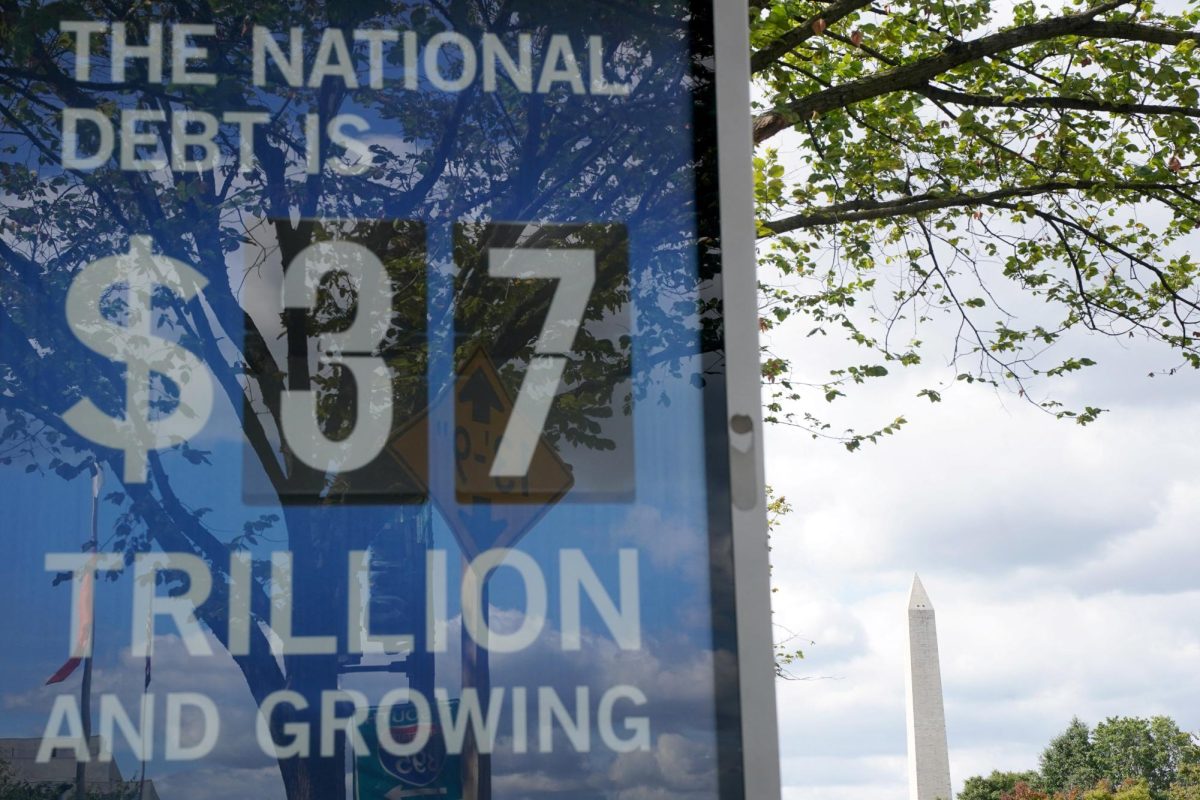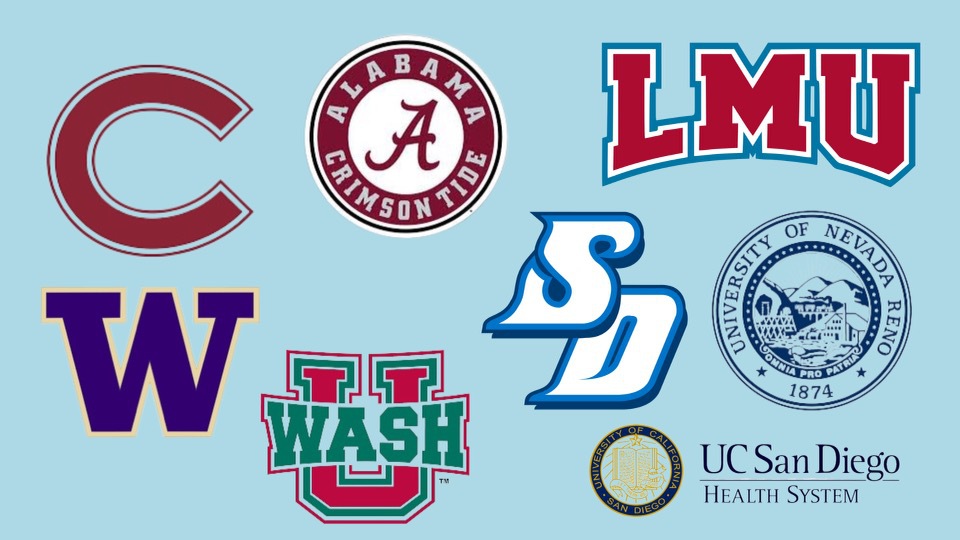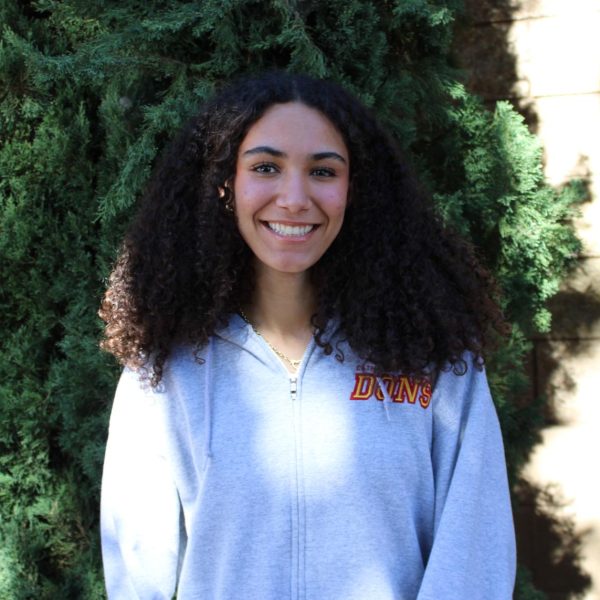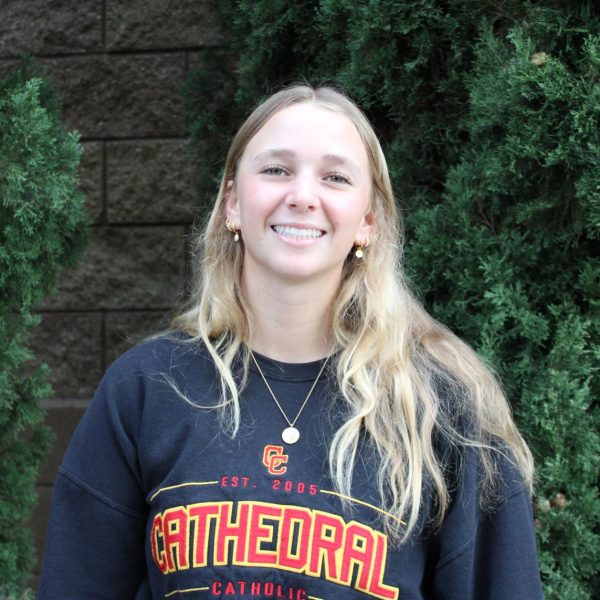As high school seniors eagerly await their college acceptance letters, the looming decisions about their future at college campuses will shape their lives and careers for years to come. With dreams and aspirations hanging in the balance, each acceptance or rejection letter becomes a pivotal moment in their journey toward higher education.
Navigating the college decision admissions network, students face staggering odds as they confront acceptance rates that hover in the single digits. Yet, behind the numbers lies a transformative experience awaiting those who persevere, offering a gateway to knowledge, opportunity, and personal growth. In a notable uptick of interest, the University of California (UC) system witnessed an impressive surge in undergraduate admissions, with over a quarter million students fighting for coveted spots. The total tally of applications reached a fantastic 250,436, making a discernible 1.5% increase from the preceding year. This growth was driven by a notable rise in applications from historically underrepresented groups, transfer students, first-year applicants, and attendees of California Community Colleges. Expressing his satisfaction, Micheal V. Drake, M.D., the esteemed president of the UC, launched the diverse pool of applicants, remarking, “We are pleased to see such an outstanding pool of students from a wide range of backgrounds and life experiences apply to the UC.” Dr. Drake underlines the transformative potential of a UC education emphasizing its ability to pave the way for lifelong career and enduring success. Moreover, there was a noteworthy increase in applications from California residents, indicating a growing appreciation for quality higher education within the state. Specifically, first-year applications from California residents increased by 1.2%, representing a commendable rise of 1,545 applicants compared to the previous year. This increase, coupled with the record-breaking enrollment of California students in the fall 2023 class, emphasizes the UC’s steadfast momentum in achieving its enrollment goals outlined in the multi-year budget compact with the state. The UCs also noticed an uprising in historically underrepresented groups in higher education; this is the fourth consecutive year it has seen. Overall, the number of applications rose 2.7%, raising the share of students among California first-year applicants by 0.7 of a percentage point to 47.1% compared to 46.4% last year. Vice Provost Han Mi Yoon-Wu, Undergraduate Admissions at the UC, says, “The UC will remain committed to recognizing qualified students, encouraging them to apply, and removing barriers in support of their higher education. We are proud that our students come from a range of diverse backgrounds and experiences, both from California and beyond.”
At Cathedral Catholic High School, six students were interviewed about embarking on the college application process, each encountering unique challenges. While two athletes found the process manageable, applying to college was daunting for the remaining four. Despite facing rejections or waitlists from most UC campuses, they succeeded in other prestigious institutions. Jaden Sanders, ’24, described her process as “very rushed,” relying on her aunt’s support. Nicole Nazenikova ’24 navigated the complexities alone due to immigrant parents’ unfamiliarity with the process, calling it “stressful.” Although Nazenikova is between choosing USD, LMU, and Copenhagen University for this fall, and Sanders is unsure where she’ll attend, she was accepted into USD, the University of San Francisco, Pepperdine, and a few more excellent colleges. Their stories highlight the resilience and determination essential for success in the competitive landscape of college admissions, inspiring future students to pursue their dreams with courage.
In this competitive world of college admissions, student-athletes face a different process, navigating academic excellence and athletic talent. Committed student-athletes balance training schedules while maintaining top grades and showcasing their dedication and time management skills. Their college application process involves academic and athletic achievement, adding an extra layer of complexity to their pursuit of higher education. However, these student athletes’ processes are known to be simpler and much lighter than an average student’s. Dyllan Willamson, ’24, says, “My application process was simple, very smooth, and fast.” Williamson had the help of the athletics department and her assistant coach; she didn’t have much to prepare for since she was recruited. Due to this, she will be attending the University of Nevada Reno later this fall to pursue her soccer career. Another standout athlete, Mallory Axline ’24, went down a similar path. Axline described her application process as “easy and simple”; however, she had less help than Williamson ’24, doing her essay herself and having her mother proofread. Nonetheless, she wishes she was aware of how much of a lottery the application process is because now she appreciates her sport even more and how it has helped her get into college. Axline will be attending USD this fall to pursue her softball career.
The college application journey is a rollercoaster of challenges and growth opportunities. Despite facing setbacks, each decision shapes students’ academic and personal trajectories, guiding them toward their aspirations and future successes.
